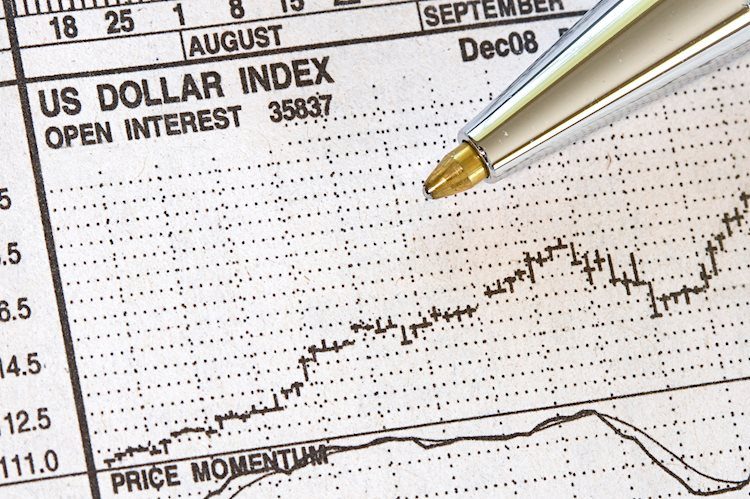The US dollar (USD) has been facing pressure in recent days after the consumer price index for June revealed that underlying inflation is rising at its slowest pace in three years. The Dollar Index (DXY) fell by 0.9% after the data release, although it did see a slight rebound during Asia morning trade on Friday. Analysts from UBS FX believe that this trend is likely to continue, with the USD expected to trend lower to 103–104 in the coming days.
The latest CPI report, which showed a monthly decline in headline CPI and the smallest core measure advancement in three years, has increased confidence that the Federal Reserve may begin cutting interest rates soon. This has been compounded by a series of soft data in recent weeks that have weighed on the US dollar, leading to a 1.4% decline in the DXY index since late June. Analysts believe that the Fed may use the upcoming FOMC meeting at the end of the month to signal a potential rate cut at the September meeting, further pushing the USD lower.
UBS FX analysts are advocating for selling USD upside to take advantage of a yield pickup in the coming months. They believe that market expectations of a deeper Fed rate-cutting cycle and concerns about the size of the US fiscal deficit will continue to act as headwinds for the greenback in the near future and over the long term. Therefore, they anticipate that the USD will continue to face downward pressure in the coming days and months.
The potential for a Fed rate cut, combined with ongoing concerns about the US fiscal deficit, are expected to keep the USD under pressure in the near future. Analysts believe that the Fed may signal a rate cut at the September meeting, leading to a further decline in the USD. This is in line with the recent trend of data releases that have weighed on the greenback, pushing it lower against major currencies in the DXY index.
With the USD expected to trend lower in the coming days, investors may consider selling USD upside to capitalize on a potential yield pickup. The ongoing soft data releases and expectations of a Fed rate cut are likely to continue to weigh on the greenback, making it a less attractive option for investors. This could lead to a further decline in the USD in the near future, with the potential for a deeper Fed rate-cutting cycle exacerbating the downward pressure on the currency.











